Making and Using Class Books
Agreement books are just one kind of Class Book. Making simple Class Books early in the year builds community through shared authorship and storytelling.

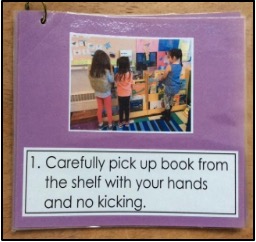
Class Books with photos, drawings, teacher and child writing, and mixed media (collage, paint), can be created to:
- Reinforce routines
- To collect children’s own stories related to their family or a theme
- Retell a repetitive book (The Napping House, runaway food stories)
- Document a field trip, walk around the building or neighborhood
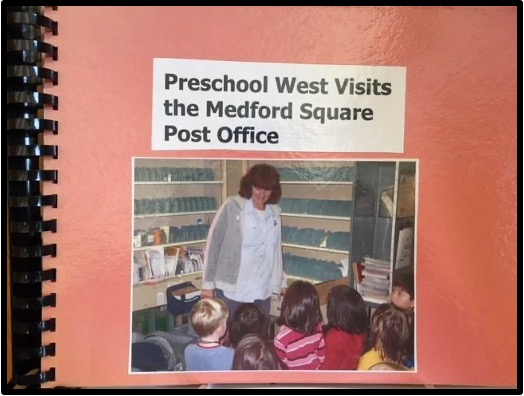
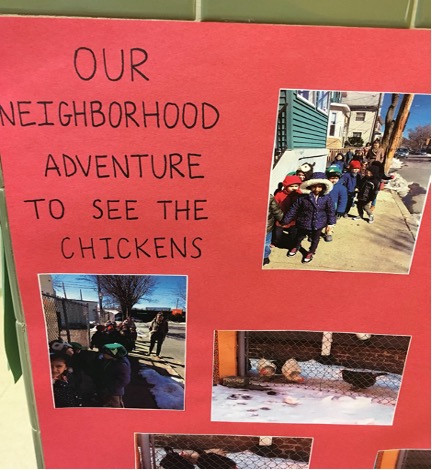
Class Books Based On Children’s Literature
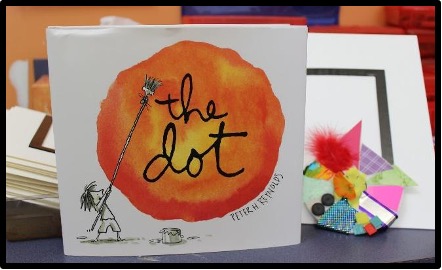
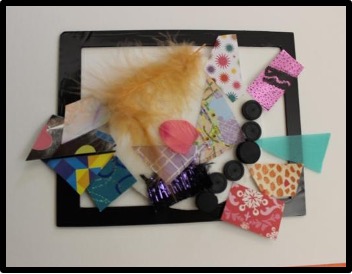
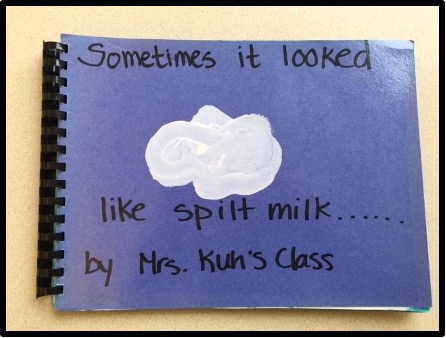
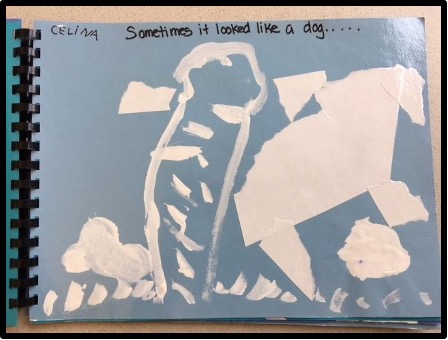
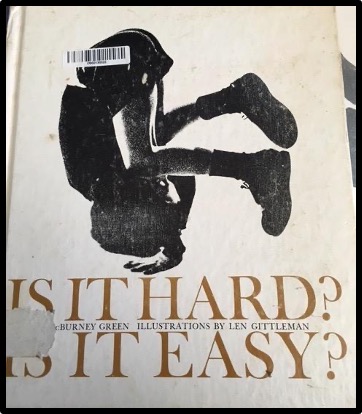
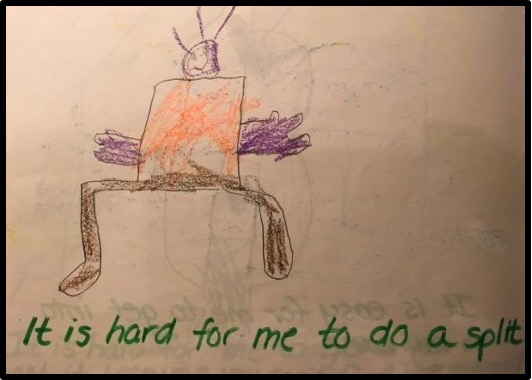
Book Making Techniques
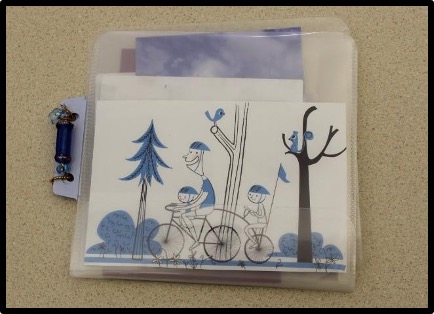
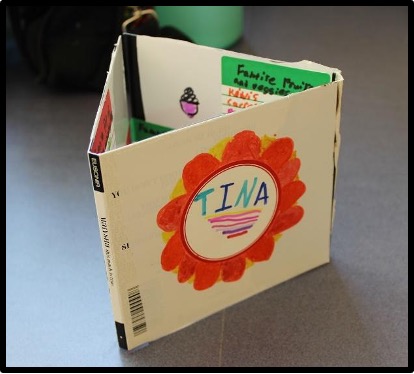
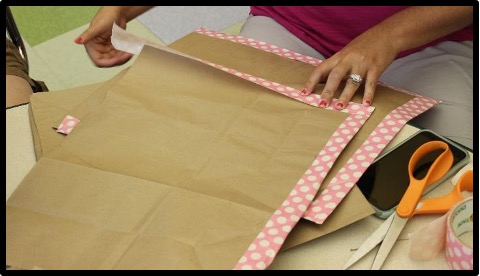
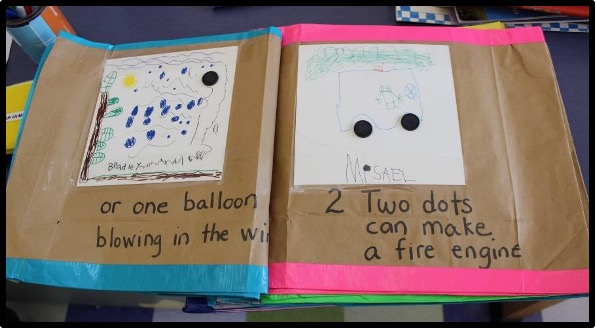
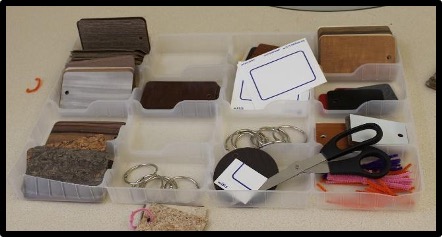
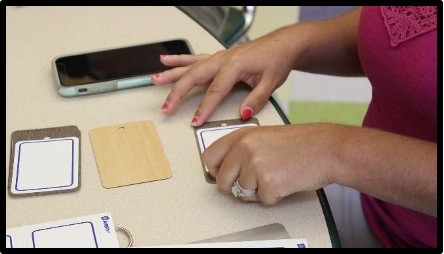
Tile/laminate sample ring books. You can write directly on them with a permanent marker or use labels. They are great for names, little picture books, sight words, and vocabulary.
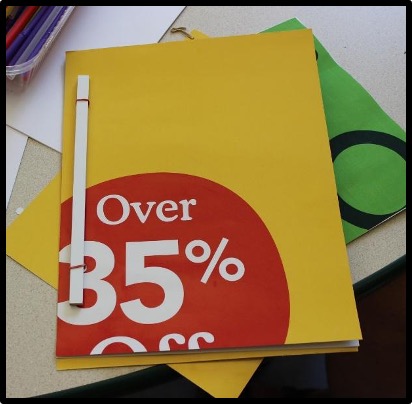
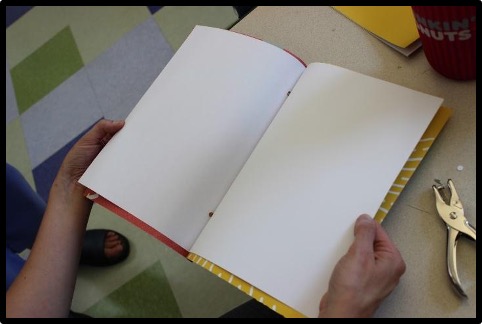
Chopstick or dowel books. Cardstock covers (children can draw, paint covers, punch two holes, thread a rubber band through one hole and slide in a chopstick, repeat for the other hole.
Modifying Books
Some children may benefit from modified texts so that they can access the pictures, story narrative, and text in smaller chunks that enable them to better connect with literature.
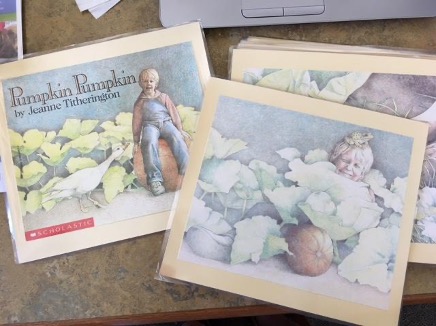
Using infant and toddler board books (single word per page) as a tool to teach, revisit, practice new words and key vocabulary helps introduce children to book handling skills. When introducing children to more complex picture books, you can copy and laminate book pages into more manageable “chunks.”
Props in the form of objects from the story also help children connect with the text. A story box can be used during the reading to “act” out the story.
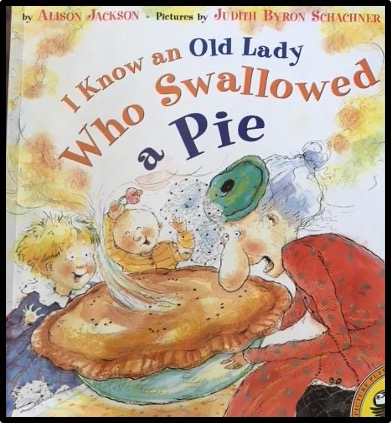
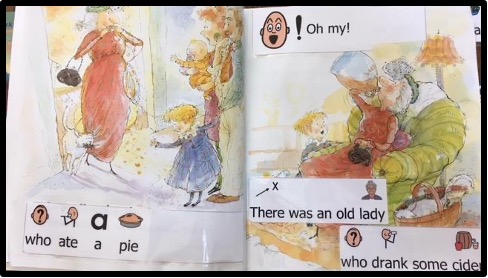
This modification adds Board Maker-style text and pictures to simplify the story and promote repetition of text, memorization of words, and understanding of a simple narrative.